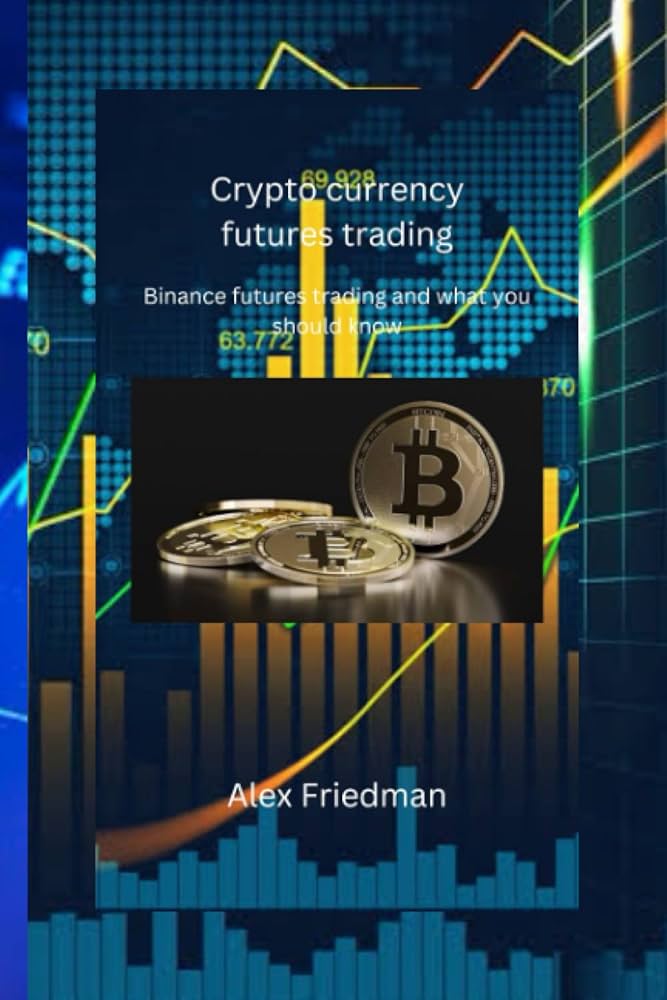
Understanding the Landscape of Global Crypto Trading
In recent years, global crypto trading has experienced unprecedented growth, shifting from a niche market to a mainstay in the financial ecosystem. With the rise of cryptocurrencies such as Bitcoin, Ethereum, and an array of altcoins, investors and traders alike have become increasingly engaged in this digital asset class. Factors like technological advancements, regulatory developments, and evolving market sentiment have all played pivotal roles in shaping the crypto trading environment. To dive deeper into this emerging market, global crypto trading visit website where you can find tools and resources for informed trading.
The Evolution of Crypto Trading
The origins of cryptocurrency trading date back to the inception of Bitcoin in 2009. Initially seen as a revolutionary way to transact online without the need for intermediaries, Bitcoin gained traction among tech enthusiasts and early adopters. As the blockchain technology behind Bitcoin began to unravel its possibilities, other cryptocurrencies emerged, offering various features and capabilities, contributing to the financing of ambitious projects through Initial Coin Offerings (ICOs).
Throughout the years, more platforms have emerged to facilitate the buying, selling, and trading of cryptocurrencies. Online exchanges like Binance, Coinbase, and Kraken provide users access to a wide variety of digital assets, making crypto trading more accessible than ever. Increased liquidity and volume on these exchanges have allowed larger institutions to enter the market, providing additional legitimacy to the crypto financial space.

Market Dynamics and Trends
Global crypto trading is influenced by various factors, including market sentiment, macroeconomic trends, technological innovations, and regulatory scrutiny. Market sentiment, often driven by news and events, can cause significant price fluctuations. A positive announcement regarding regulatory clarity or the adoption of a cryptocurrency by a major corporation can lead to price surges, while negative news about hacks or regulatory crackdowns can trigger sharp sell-offs.
The rise of decentralized finance (DeFi) has also transformed how individuals and institutions engage with crypto trading. DeFi platforms offer innovative financial services without traditional intermediaries, enabling users to lend, borrow, and trade assets in a decentralized environment. This explosion of DeFi applications has unlocked new trading opportunities and strategies, attracting both retail and institutional investors.
Regulatory Landscape
The growth of global crypto trading has not come without challenges, particularly in the regulatory realm. Governments across the globe are grappling with how to treat cryptocurrencies, leading to a varied landscape of regulations. Countries like the USA, China, and the European Union have enacted or are in the process of formulating comprehensive regulatory frameworks aimed at addressing issues such as anti-money laundering (AML), consumer protection, and taxation.
The challenge for regulators is to balance the promotion of innovation in the crypto space while ensuring that investor protections are in place. Clear regulatory guidelines are essential for fostering a safe trading environment and attracting institutional investors who may be hesitant to engage without formal frameworks.
The Role of Trading Strategies

As the market continues to evolve, traders are employing diverse strategies to capitalize on market movements. Day trading and swing trading are popular among individuals looking for short-term gains, while long-term investors often adopt a buy-and-hold approach, betting on the future value of particular cryptocurrencies.
Moreover, algorithmic trading has gained traction, with sophisticated bots analyzing market trends and executing trades within milliseconds, often without human intervention. Understanding the nuances between different trading strategies can be vital for success in the volatile world of global crypto trading.
Future Prospects of Crypto Trading
The future of global crypto trading presents exciting opportunities and challenges. As technology continues to advance, we can expect further developments in blockchain technology, improved security measures, and the rise of new cryptocurrencies. Additionally, the integration of crypto assets in traditional financial systems is becoming increasingly apparent, leading to novel investment opportunities.
Furthermore, institutional interest in cryptocurrencies is surging. Major investment firms and banks are beginning to offer crypto-related services and products, further solidifying the asset class’s role within the broader financial ecosystem. As adoption widens and barriers to entry lower, global crypto trading is poised to become an integral part of modern investing.
Conclusion
Global crypto trading stands at a crossroads, offering a myriad of opportunities in an ever-evolving landscape. It combines the thrill of trading with the potential for substantial financial gains. However, participants must navigate the complexities of the market, stay informed on regulatory developments, and apply sound trading strategies. With the continuous evolution of technology and market conditions, being adaptable will be crucial for both seasoned traders and newcomers alike.
As we look ahead, the future of global crypto trading appears bright, promising continued innovation and a growing acceptance of cryptocurrencies in everyday finance. Embracing this change and understanding its implications will be essential for anyone involved in the trading of digital assets.
